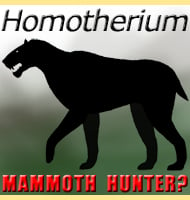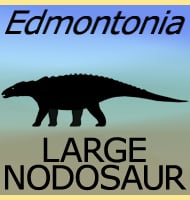Hylonomus
In Depth Hylonomus has significance in the fossil record for being the first true reptile. One particularly well presevered specimen was found in the remains of a hollowed tree stump. It is thought that the Hylonomus individual may have entered for either shelter or to feed on the insects inside. It would seem however that … Read more

